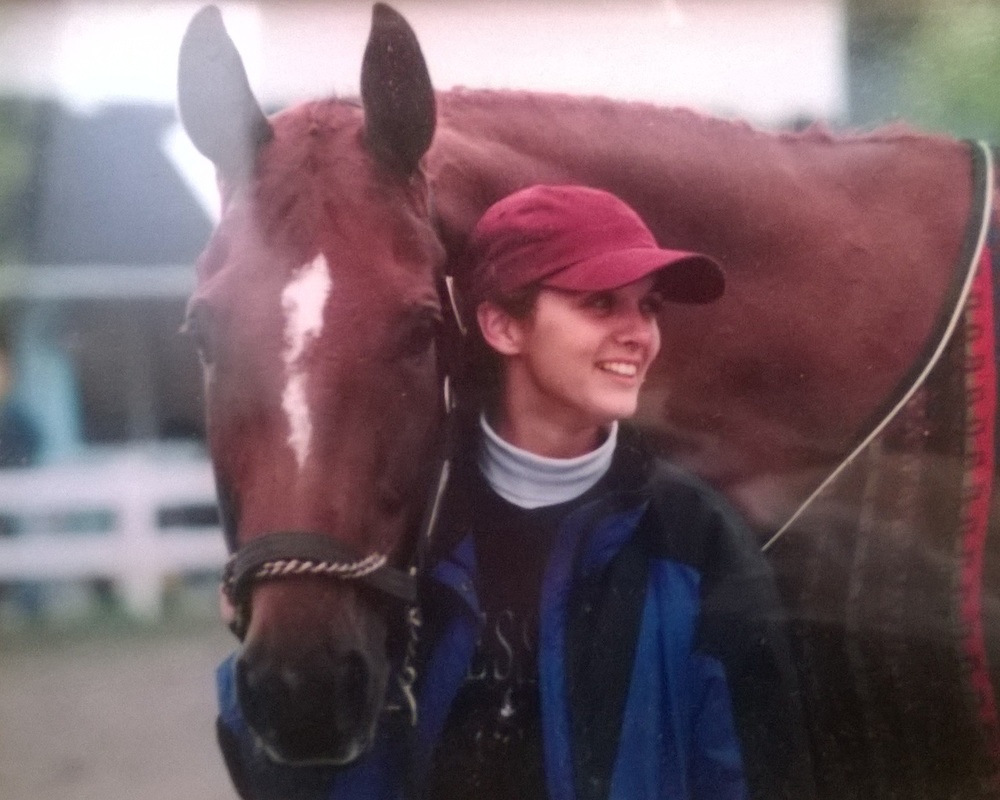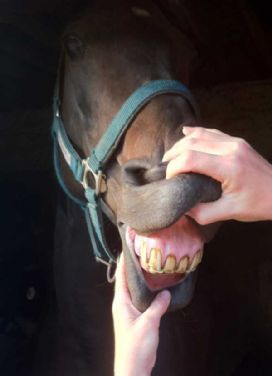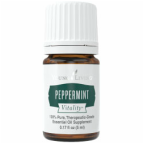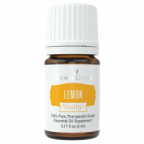by Amy Ortez, DVM
|
|
Summer Hydration
By Amy Ortez, DVM
|
You can lead a horse to water but you can't make them drink.....or can you? Drinking water is the single most important indicator of your horse's health. Most people become more alarmed when their horses are off their feed or eat less than normal. It is much more important to notice and act when your horse does not drink their normal amount. If your horse usually consumes two buckets of water a day and on a particular evening you notice that they have only drank a half bucket, you should start to question your horse's well being. I would recommend decreasing the amount grain for the night and maybe decreasing the amount of hay. Also make a note of how much manure is in the stall. Call your veterinarian. They may not need to come to the farm, but it is good to keep them in the loop and advise you on how to prevent a problem instead of treating one. Horse's are so susceptible to abdominal discomfort it should always be a concern if a they are not acting normal.
|
Photo courtesy of DePaolo Equine Concepts
|
|
Skin tenting is a way to check for normal hydration.
Photo courtesy of DePaolo Equine Concepts Checking capillary refill time is another way to check your horse's hydration
Photo courtesy of DePaolo Equine Concepts |
So how much water does a horse need to drink? Fun fact: horses (and humans) are about 60% water. Let us say that the average horse weighs 1000 pounds. That is approximately 454 kg. In order to maintain their hydration level, they should consume at least 27 liters of fluid or about 7 gallons of water per day. That is a little more than 1 bucket of water. If they are dehydrated or sweating, they will need more to help replenish their losses. Skin tenting, where you pinch your horse's neck and see how quickly their skin lays flat again, is a crude but sometimes helpful way to test for dehydration. Another way to assess hydration is with capillary refill time. This is when you press a finger into your horses gum and see how long it takes for it to turn pink again. Anything more than 2 seconds is too long. Being familiar with your horses “normal” appearance is necessary. Some horses skin may tent easier than others even if they are well hydrated. Knowing the normal color of your horse's gums is also important. Are they more red than normal? Maybe they are more pale than normal. All of these things are important to help fully understand the condition of your horse.
How can horses be encouraged to drink more water? The trick is making the water more appealing. This may mean altering the temperature, moving the bucket or trough to a more pleasing position, offering it in a vessel that is approved of by the horse, and making the water tasty. Some horses like warm water, some like it ice cold. Maybe the water is close to the pasture with the crazy gelding and he makes mean faces while the other horses are trying to drink. Some horses like red buckets better than blue buckets, or plastic over rubber, or shallow troughs instead of deep troughs. Making the water more tasty depends on your horse's preference. The most common trick is to add flavored salt (electrolyte supplements, sports drinks, etc) to the water. This is often used for horse's that travel and need to drink water from various places. The flavored water is a constant so they will be more inclined to drink strange water if it does not taste as strange. Table salt can be added to the water, top dressed over the food, or squirted directly in the horse's mouth. Salt is a great way to increase thirst. Molasses, sweet feed, treats or other highly desirable foods can be placed in the water to make it more appealing. The other option to get a horse to consume more water, is to add it to their food. Making a mash or soaking hay can also increase their hydration.
Staying hydrated is important for the horses and the people. Know what is normal for your horse and be concerned if something seems abnormal. Don't be afraid to talk to your veterinarian so they can quell your fears or jump into action. Entice your horse to drink more by adding incentives to their water or by adding water to their food. Hydration is the gatekeeper to health.
|
Essential Oils Helpful to Keep Your Equine Hydrated and Refreshed
|
Adding certain essential oils to your horses water may also encourage them to drink. As mentioned in the May Issue of Wild Heart Mustangs™ – “Adding Essential Oils to Drinking Water”, several essential oils are well liked by equine when added to their water and will help to increase their water intake either while travelling, on trail rides or on hot days. Refer to the May article for specific information on oil selection and concentration; refer to the February Issue for information on how all essential oils are not created equally. Use only therapeutic grade oils from a reputable company. This article will only discuss the use of Young Living Essential Oils.
Before leaving for the trail, or loading for a trip and leaving home…it is important to expose your horse to essential oils in their water BEFOREHAND. When offering water with essential oils for the first time, it is important to also offer a second water source of plain water so the animal will have a choice and not decrease its water consumption.
Before leaving for the trail, or loading for a trip and leaving home…it is important to expose your horse to essential oils in their water BEFOREHAND. When offering water with essential oils for the first time, it is important to also offer a second water source of plain water so the animal will have a choice and not decrease its water consumption.
Recommended essential oils: Peppermint Vitality, Lemon Vitality, Citrus Fresh Vitality, Orange Vitality, Tangerine Vitality
By using flavor enhancing essential oils in your horses water, you are not adding the empty calories provided by sugary substances. Add any of these oils to your own water for a refreshing beverage. Also, if you have a horse diagnosed with Cushing’s Disease, like I do, this is a safe alternative. Also be vigilant in reading the ingredients in the electrolytes for your horses. Many brands have sugar as the main ingredient – which should be avoided for a horse with Cushing’s Disease.
Peppermint Essential Oil (March Issue) is a multi-purpose oil that is great to have on hand or in your saddle bag. You can also use a few drops of Peppermint essential oil to water for a refreshing cool down for your horse. One of the main constituents of Peppermint essential oil is menthol. Perfect for a cooling sponge bath following a long trail ride or on a hot day, in general. Click here to go to the July Homesteading page for more recommendations to soothe hot, tired muscles (your horses and yours) using Young Living Essential Oils.
By using flavor enhancing essential oils in your horses water, you are not adding the empty calories provided by sugary substances. Add any of these oils to your own water for a refreshing beverage. Also, if you have a horse diagnosed with Cushing’s Disease, like I do, this is a safe alternative. Also be vigilant in reading the ingredients in the electrolytes for your horses. Many brands have sugar as the main ingredient – which should be avoided for a horse with Cushing’s Disease.
Peppermint Essential Oil (March Issue) is a multi-purpose oil that is great to have on hand or in your saddle bag. You can also use a few drops of Peppermint essential oil to water for a refreshing cool down for your horse. One of the main constituents of Peppermint essential oil is menthol. Perfect for a cooling sponge bath following a long trail ride or on a hot day, in general. Click here to go to the July Homesteading page for more recommendations to soothe hot, tired muscles (your horses and yours) using Young Living Essential Oils.
Safe Summer Treats for Your Equines
|
Before sharing your favorite summer treats with your horses, be sure to check the chart to the left to see if they are safe for your equine friend.
Other treats that are generally safe:
Click on picture for a printable version of this chart.
Photo credit: horsechannel.com. |
DISCLAIMER
The information contained on this website is not meant to diagnose, treat, cure, or prevent any disease. Information found on this website
is meant for educational and informational purposes only.
When in doubt, consult your veterinarian.
The information contained on this website is not meant to diagnose, treat, cure, or prevent any disease. Information found on this website
is meant for educational and informational purposes only.
When in doubt, consult your veterinarian.















